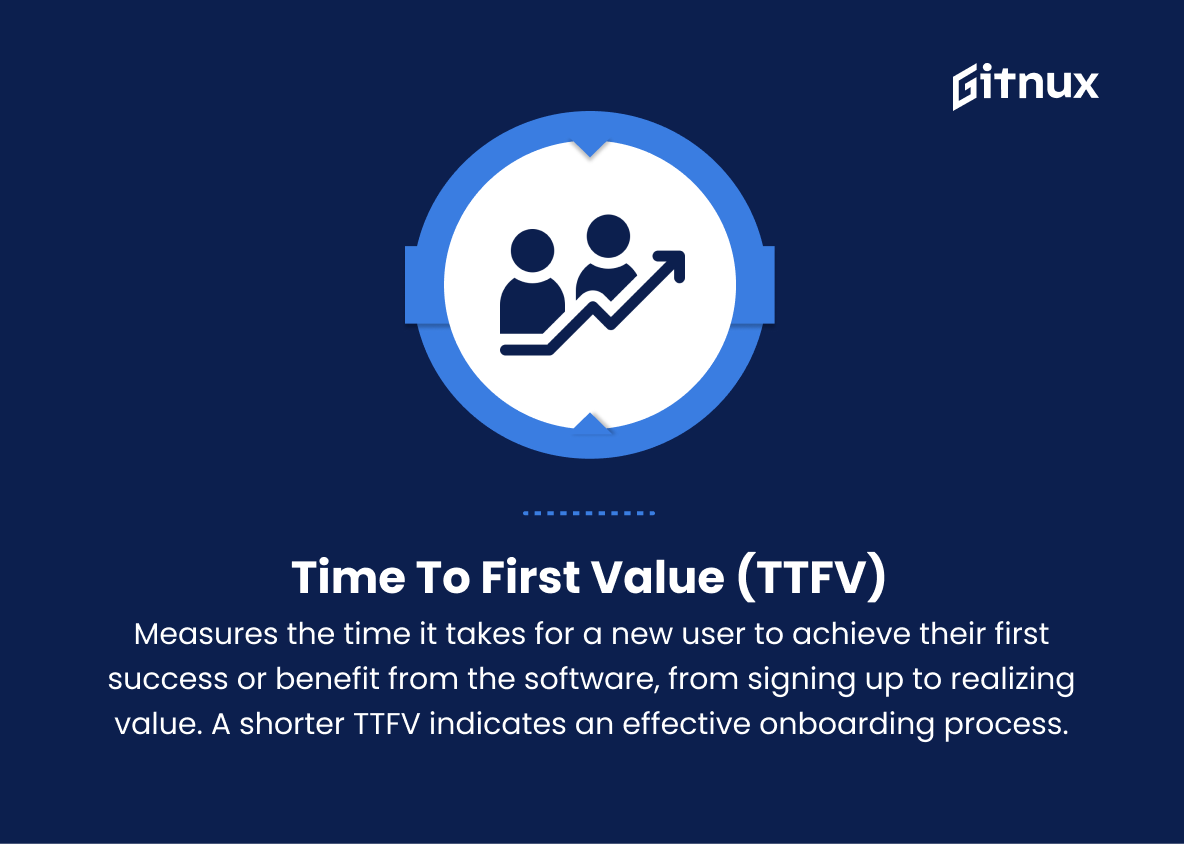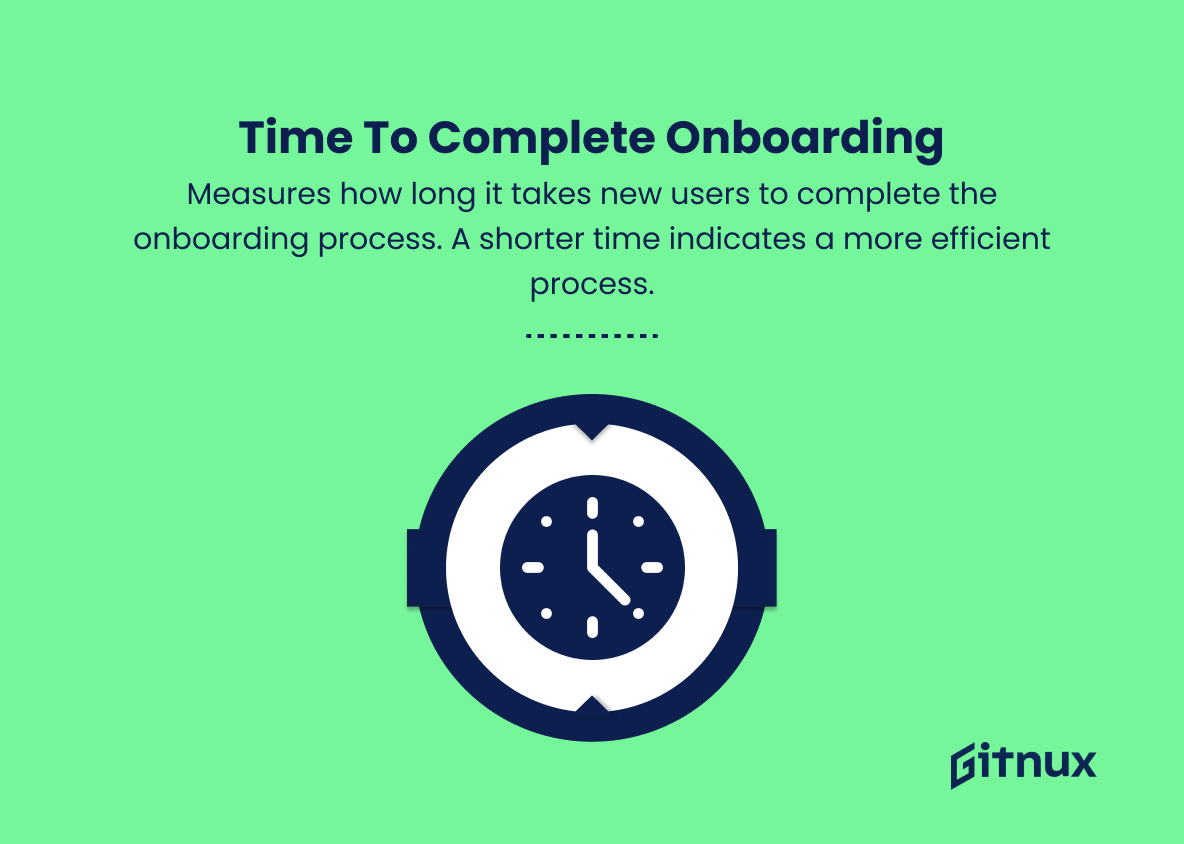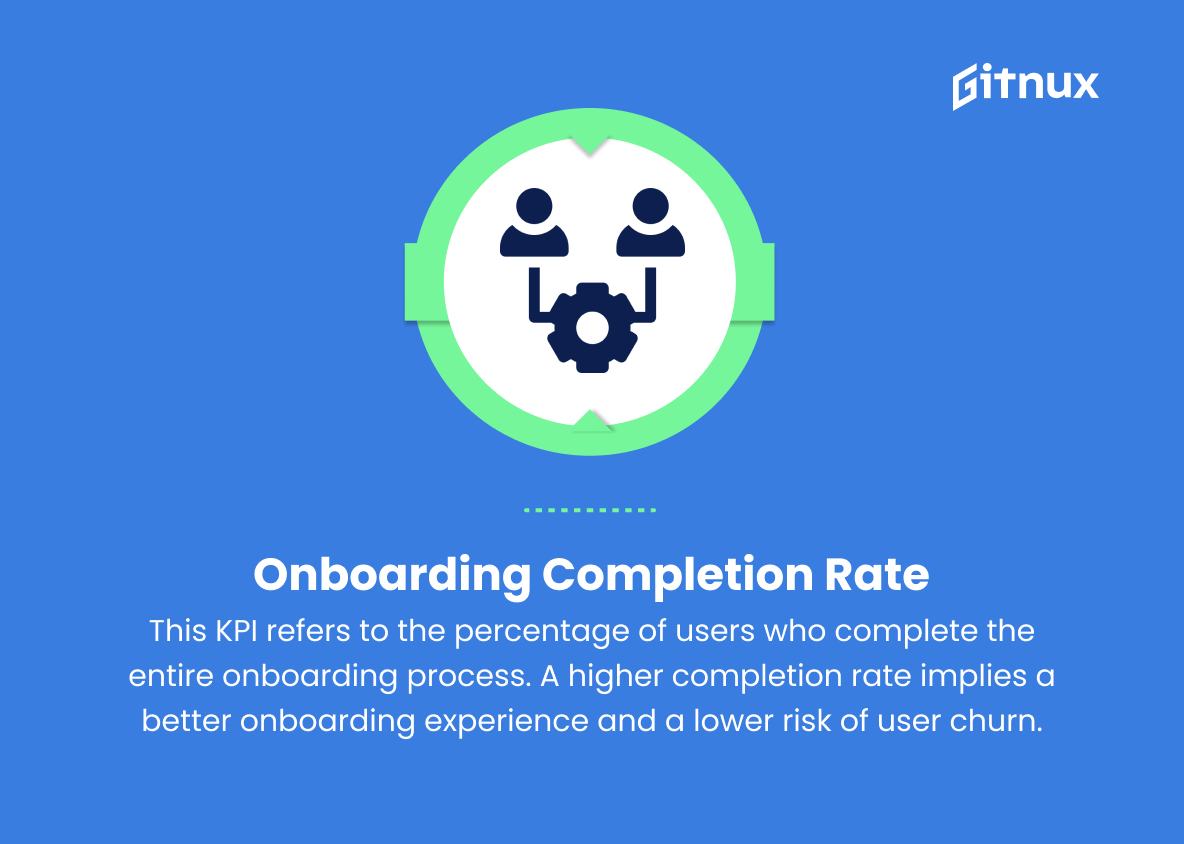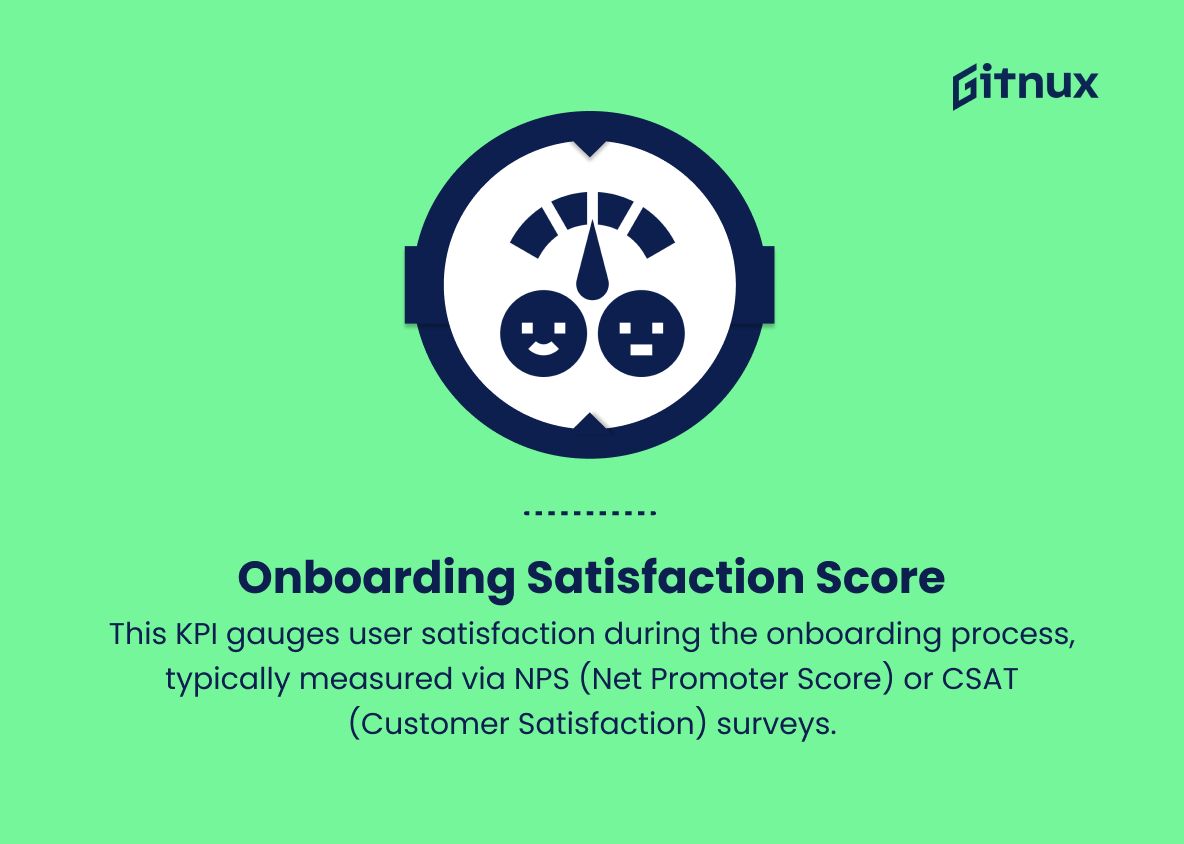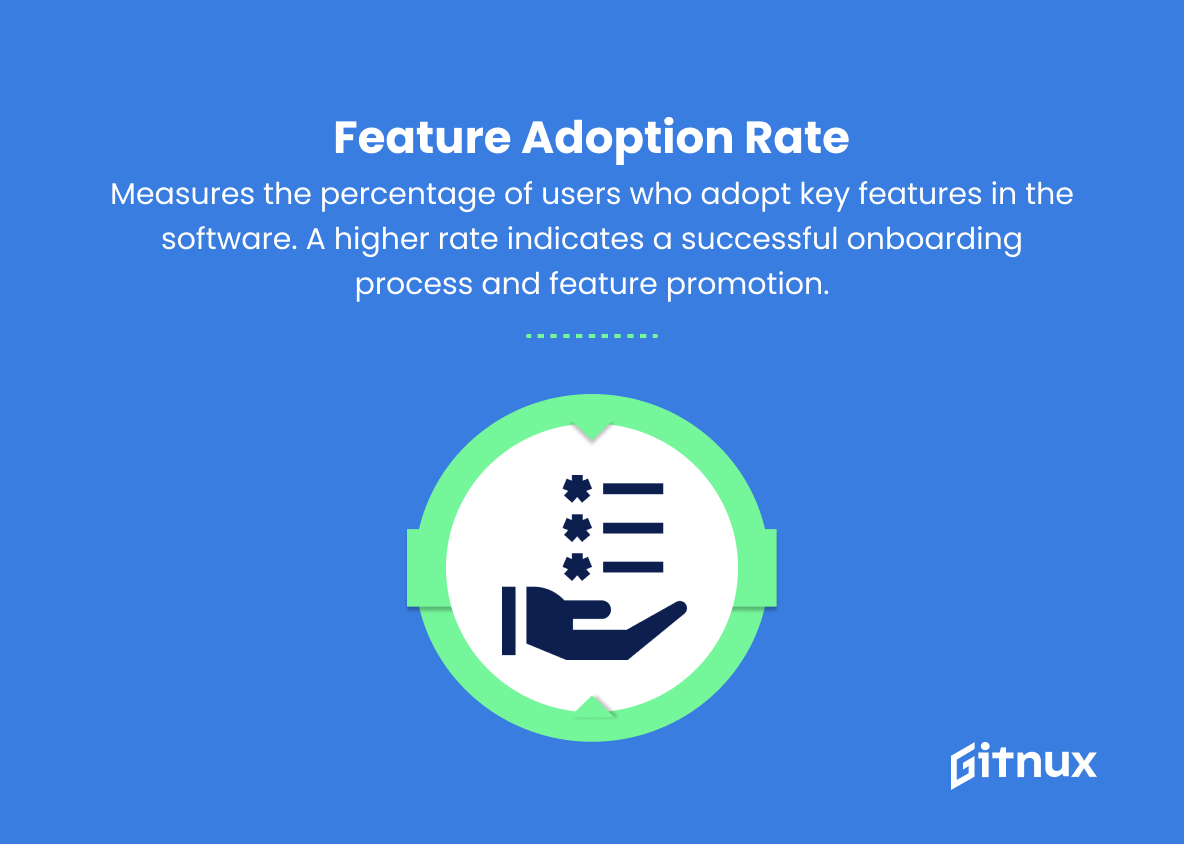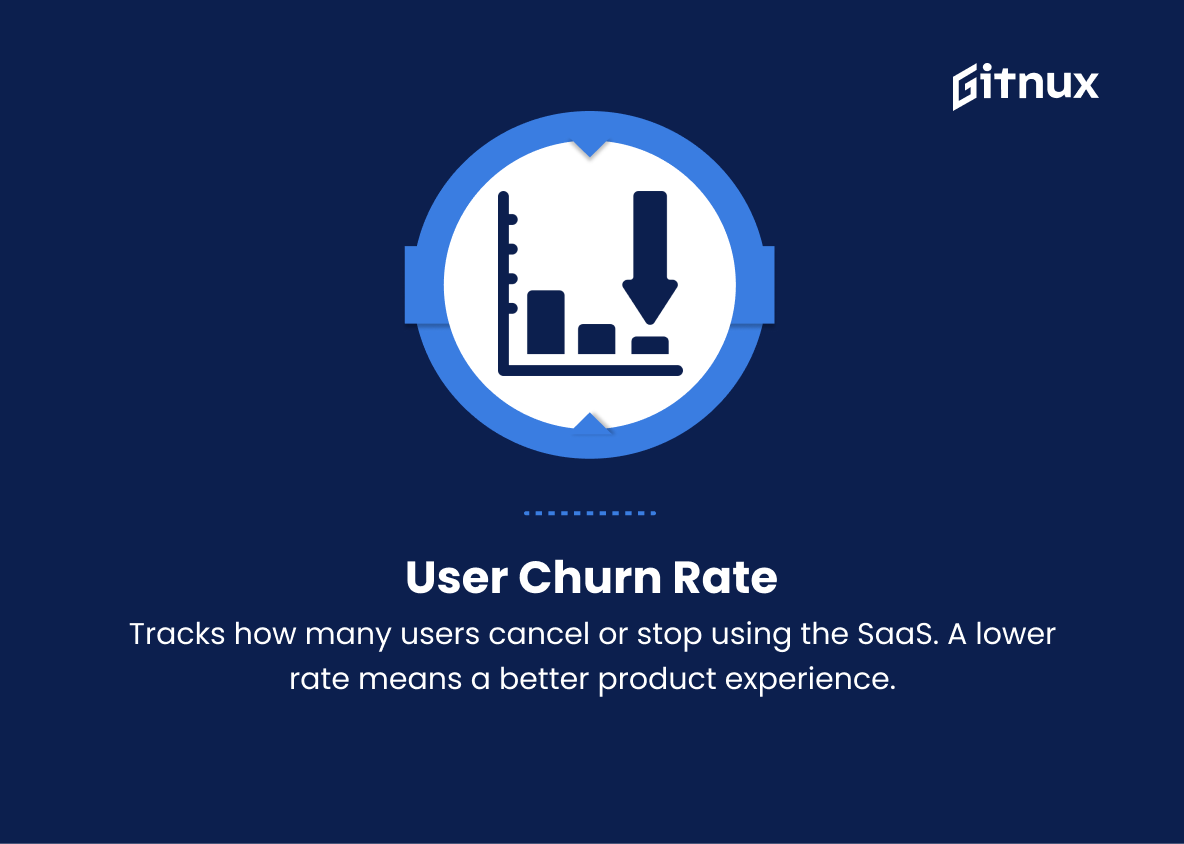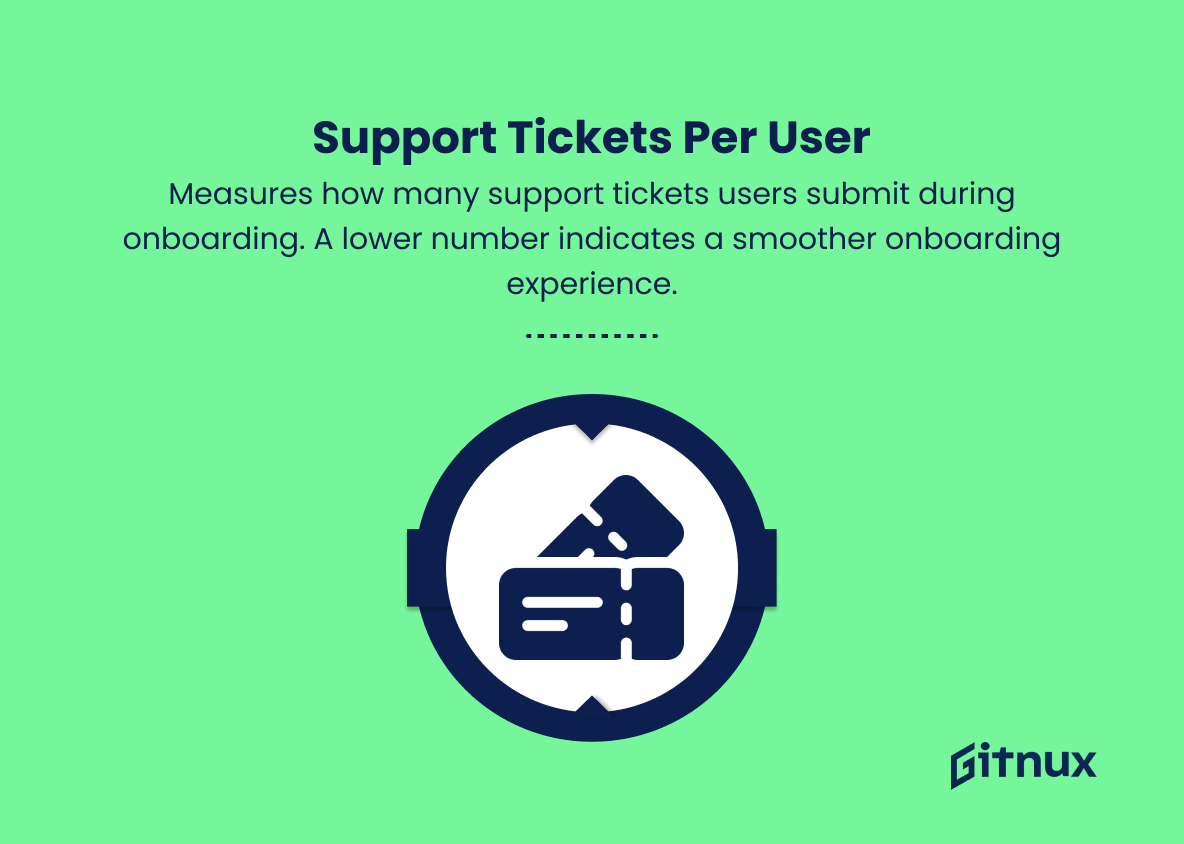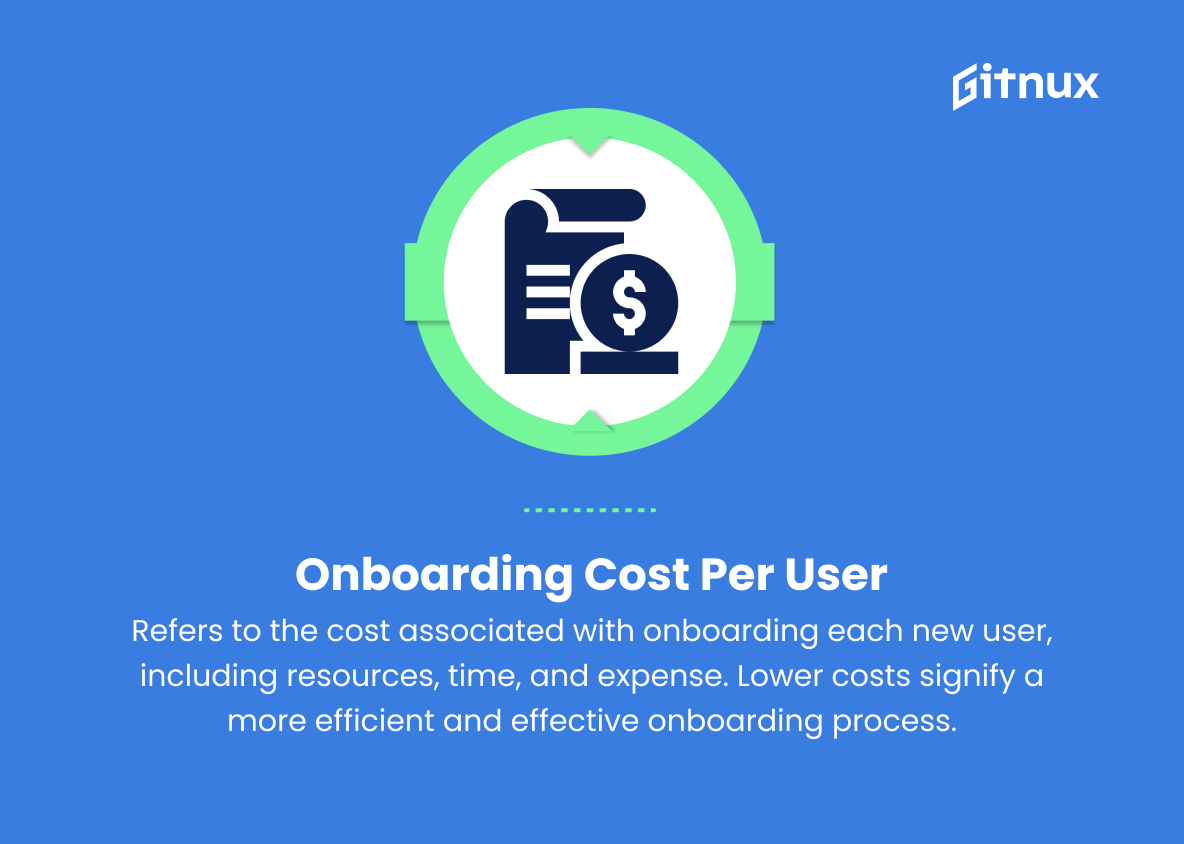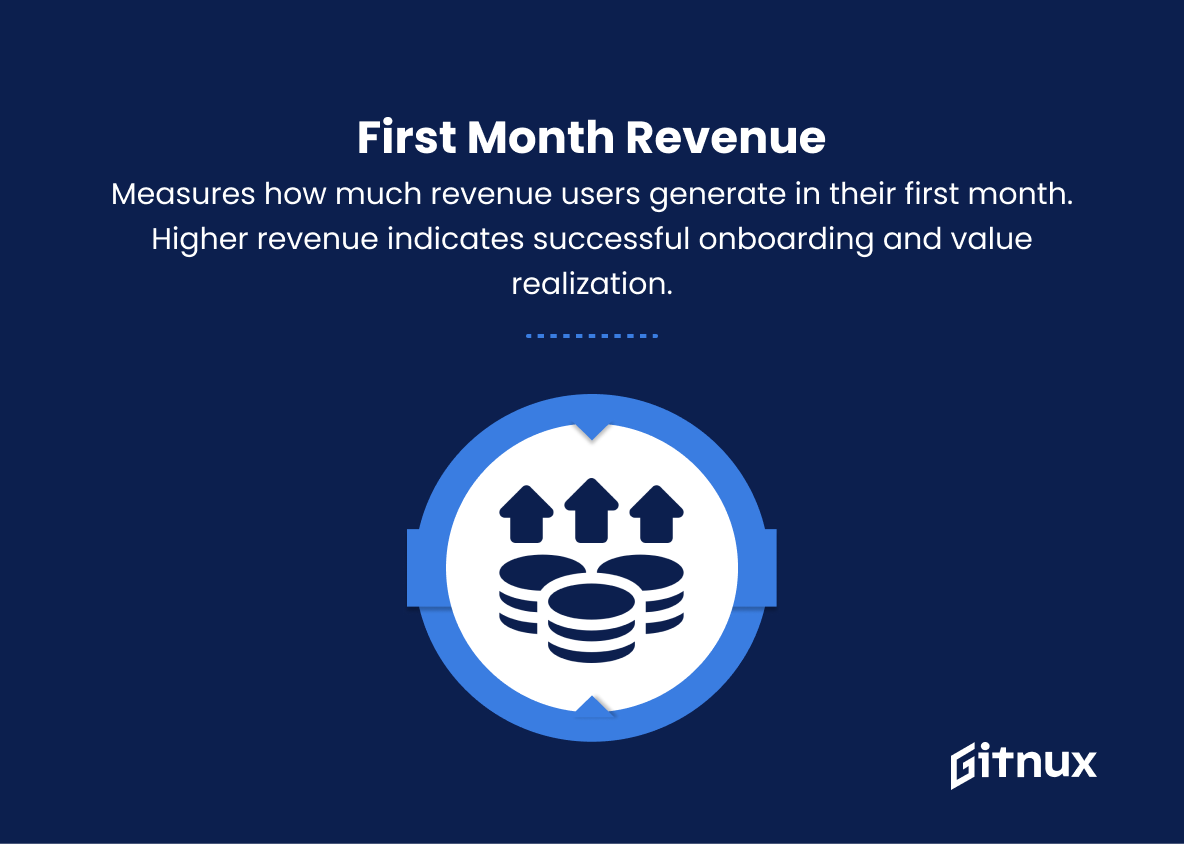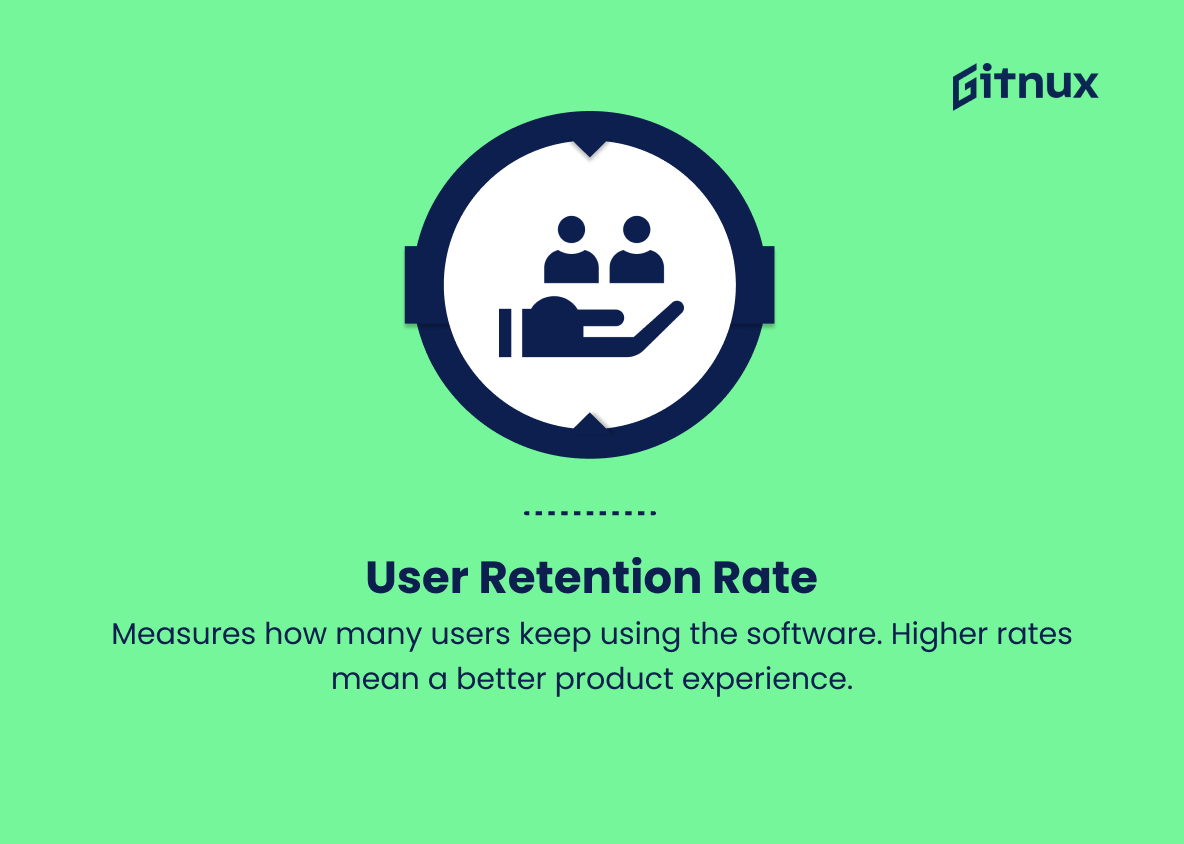In today’s rapidly evolving business landscape, Software as a Service (SaaS) has become a crucial component in the success of organizations worldwide. The onboarding process, which involves transitioning a new client to a specific Saas platform, is a critical factor in determining the platform’s long-term adoption, client satisfaction, and overall return on investment. As an organization, measuring the success of your Saas onboarding efforts is no longer optional – it’s a necessity.
This blog post will delve into the essential Key Performance Indicators (KPIs) for Saas Onboarding and demonstrate how monitoring and optimizing these metrics will lead to a more streamlined and effective onboarding process, resulting in happier clients and increased ROI for your business.
Saas Onboarding KPIs You Should Know
1. Time to First Value (TTFV)
This KPI measures the time it takes for a new user to achieve their first success or benefit from the software, from signing up to realizing value. A shorter TTFV indicates an effective onboarding process.
2. Time to Complete Onboarding
This KPI measures the average time it takes for a new user to complete the entire onboarding process. This could range from account creation to attending a training webinar. A shorter onboarding completion time indicates a more efficient onboarding process.
As an organization, measuring the success of your Saas onboarding efforts is no longer optional – it’s a necessity.3. Onboarding Completion Rate
This KPI refers to the percentage of users who complete the entire onboarding process. A higher completion rate implies a better onboarding experience and a lower risk of user churn.
4. User Activation Rate
This KPI measures the percentage of users who successfully adopt and start actively using the software after completing the onboarding process.
5. Onboarding Satisfaction Score
This KPI gauges user satisfaction during the onboarding process, typically measured via NPS (Net Promoter Score) or CSAT (Customer Satisfaction) surveys.
SaaS (Software as a Service) onboarding KPIs are critical for understanding and optimizing user experiences during the adoption phase of a software product.6. Feature Adoption Rate
This KPI measures the percentage of users who adopt key features in the software. This could include specific tools or functions necessary for optimal usage of the platform. Higher rates indicate a successful onboarding process and feature promotion.
7. User Churn Rate
This KPI tracks the percentage of users who cancel or stop using the SaaS within a specific time period after onboarding. A lower churn rate indicates a better onboarding process, higher user satisfaction, and better adoption.
8. Support Tickets per User
This KPI measures the average number of support tickets or inquiries submitted by users during the onboarding process. A lower number suggests a more seamless onboarding experience, with fewer support issues and difficulties.
9. Onboarding Cost per User
This KPI refers to the cost associated with onboarding each new user, including resources, time, and expense. Lower costs signify a more efficient and effective onboarding process.
10. First Month Revenue
This KPI evaluates the average revenue generated by users during their first month. Higher first-month revenue is an indicator of successful onboarding as users quickly achieve value and are more likely to continue using the service.
11. User Retention Rate
This KPI tracks the percentage of users who continue using the software after a specific period, such as 30, 60, or 90 days. Higher retention rates indicate a successful onboarding process, better user satisfaction, and a higher probability of long-term customer loyalty.
Saas Onboarding KPIs Explained
SaaS (Software as a Service) onboarding KPIs are critical for understanding and optimizing user experiences during the adoption phase of a software product. KPIs such as Time to First Value (TTFV), Time to Complete Onboarding, Onboarding Completion Rate, User Activation Rate, Onboarding Satisfaction Score, Feature Adoption Rate, User Churn Rate, Support Tickets per User, Onboarding Cost per User, First Month Revenue, and User Retention Rate collectively provide insights into the efficiency, effectiveness, and satisfaction aspects of the onboarding process.
These metrics help developers identify areas of improvement, reduce user pain points, and enhance overall user satisfaction, ultimately leading to increased product adoption, revenue generation, and long-term customer loyalty. Monitoring and addressing these KPIs ensures a seamless onboarding experience, which is vital to the success of a SaaS product in a competitive market.
Conclusion
In the ever-evolving SaaS landscape, effective onboarding practices can be the key differentiator between your company and your competitors. By tracking and analyzing carefully selected KPIs, you can proactively identify bottlenecks, streamline the onboarding process, and enhance user experience.
By nurturing customer relationships from the start, you can foster higher retention rates and enjoy the long-term benefits of a loyal user base. So, invest time and effort into refining your SaaS onboarding process, and let data-driven KPIs guide you towards sustained success in this digital era.
